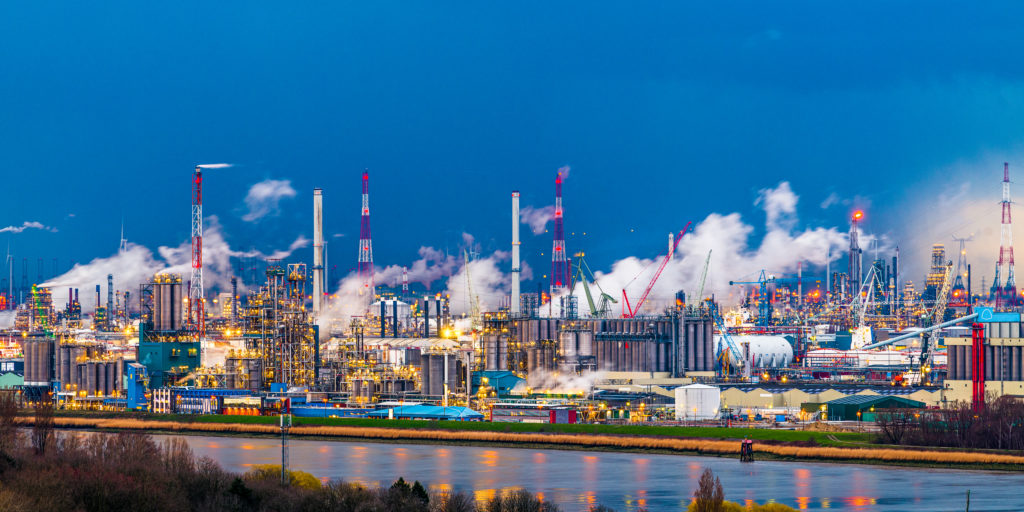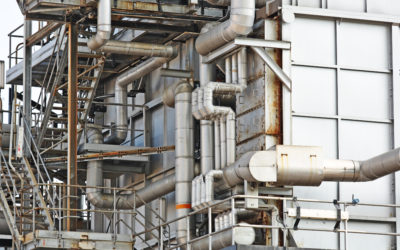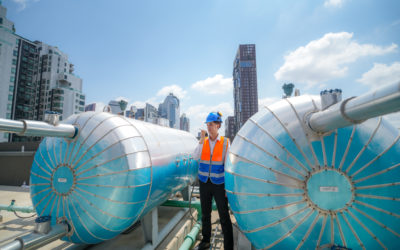Boosting Heat Exchanger Efficiency in the Era of Energy Expansion
As the United States enters a new chapter of energy policy under the Trump administration, the focus is shifting toward expanding domestic fossil fuel production and ensuring energy independence. This renewed emphasis on oil, gas, and other traditional energy sources has created an urgent need to improve the efficiency of the infrastructure that supports these operations—including heat exchangers.
Heat exchangers play a critical role in refining, processing, and power generation by managing high-temperature fluids and optimizing thermal energy transfer. In this environment of aggressive energy development, improving heat exchanger performance is not just a matter of efficiency—it’s a matter of national energy strategy.
A Renewed Focus on Domestic Energy Growth
The Trump administration’s energy strategy emphasizes reliable, affordable energy as a catalyst for economic growth. According to Power Magazine, 2025 energy policy priorities include regulatory streamlining, boosting fossil fuel innovation, and accelerating large-scale infrastructure projects.
As domestic production ramps up, key facilities—such as refineries, chemical plants, and power stations—will operate at higher loads and more frequent cycles. This stresses heat exchangers, which must remain efficient and durable under increasingly demanding conditions.
Efficiency Matters: Heat Exchangers as Strategic Infrastructure
Heat exchangers are essential for maximizing output and minimizing energy waste in industrial operations. Inefficient or fouled units lead to higher fuel consumption, unplanned downtime, and increased emissions—all of which conflict with the administration’s energy resilience goals and economic growth through energy expansion.
Plant operators are turning to enhanced heat exchanger technologies that improve thermal transfer and reduce corrosion, fouling, and energy losses to meet rising energy demands while maintaining grid reliability and fuel efficiency.
Integrating HeatX: A Modern Surface Solution
One such technology is HeatX, an advanced surface treatment designed to significantly improve the performance and longevity of heat exchanger systems. As domestic energy operations expand, HeatX offers key advantages:
1. Improved Thermal Efficiency
By reducing surface fouling and buildup, HeatX allows heat exchangers to maintain optimal heat transfer rates over longer periods. This minimizes the need for frequent cleaning and enhances thermal efficiency across critical units.
2. Corrosion and Erosion Protection
In environments where temperature swings, chemical exposure, and pressure extremes are common, HeatX provides a barrier against corrosion and erosion—two of the leading causes of heat exchanger failure in the oil and gas industry.
3. Lower Maintenance Costs
Because HeatX prevents common damage mechanisms, it reduces maintenance cycles and extends operational uptime. This results in fewer shutdowns, less labor, and lower lifecycle costs.
4. Aligned with National Energy Goals
HeatX supports the current administration’s vision of secure energy infrastructure by helping facilities reduce energy waste, boost throughput, and protect critical systems—without relying on complete system replacements or complex retrofits.
Market Outlook and Strategic Importance
According to a 2024 Zion Market Research report, the global heat exchanger market is projected to grow significantly in the coming years due to heightened demand from oil & gas, chemical, and power generation sectors. In North America specifically, the drive for grid modernization and higher efficiency standards is pushing companies to invest in next-generation thermal equipment.
HeatX fits into this trend as a forward-thinking, cost-effective upgrade to existing heat exchanger systems—especially for plants aiming to scale output without overhauling infrastructure.
HeatX for a Resilient Energy Future
As America pursues energy dominance through increased domestic production and infrastructure development, the reliability and efficiency of supporting technologies will determine success. Often considered routine equipment, heat exchangers are now under the spotlight as vital components in the energy expansion equation.
With innovations like HeatX, operators can confidently scale operations, cut costs, and ensure performance without compromising reliability. In this era of energy resilience and strategic growth, surface technologies like HeatX are more than upgrades—they’re essential investments in America’s energy future. Learn more about HeatX with experts.



